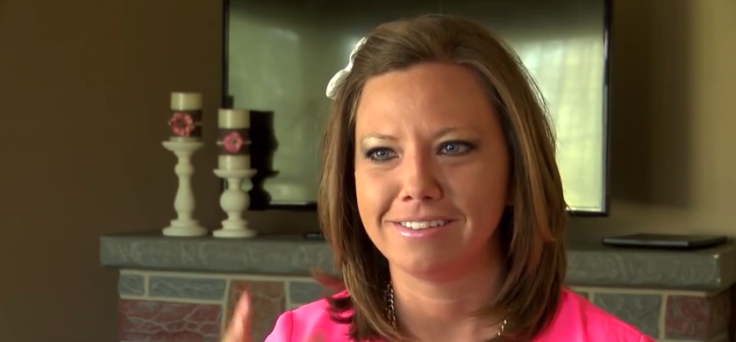Doctors Use State-Of-The-Art Technology To Help Woman Who Hears Her Body's Internal Sounds

Twenty-seven-year-old photographer Rachel Pyne of Merrillville, Ind. used to be able to hear all of her body's internal sounds, such as the loud rumbling of her footsteps, which reverberated through her head like thunder. They eventually became so deafening and inescapable that they affected every aspect of her life, causing her to lose balance often, among other symptoms. Diagnosed with a rare condition known as superior semicircular canal dehiscence, or SSCD, Pyne has now been given a new lease on life after University of California, Los Angeles doctors used state-of-the-art technology to restore her hearing and balance back to normal.
“Dr. [Quinton] Gopen diagnosed me within 15 minutes and said, ‘Absolutely we can do surgery.’ I was crying because I had been through so much,” Pyne said, according to a UCLA news release.
Previously, Pyne had been examined by at least nine doctors and specialists all over the country, who mostly attributed her symptoms to migraines. Because SSCD is such a rare medical condition, affecting one of every 500,000 people, patients often see several doctors before receiving an accurate diagnosis. SSCD is caused by a hole that develops in the bone of the inner ear, according to the National Center for Advancing Translational Sciences.
“It was crazy,” said Pyne, who began to develop symptoms in March of last year. “I could hear my eyes swoosh around as I moved them back and forth, like moving your hand in water.”
After seven months of headaches and debilitating dizziness and nausea, Pyne found an online support group launched by Gopen, an ear surgeon in the Department of Head and Neck Surgery at Ronald Reagan UCLA Medical Center, and his colleague Dr. Isaac Yang. Pyne flew to Los Angeles and found hope for her condition after Gopen and Yang suggested corrective surgery.
“Because we see a lot of these cases, we not only believe them when they say they can hear their eyeballs or neck muscles move, but we can help them,” said Yang, a UCLA neurosurgeon who partners with Gopen on each SSCD procedure.
The UCLA doctors performed the entire procedure in a hole the size of a dime. Using a CT scan and state-of-the-art probe, they were able to map the brain and determine where to enter the skull. Gopen finds the tiny hole in the inner ear bone and plugs it with bone wax. The procedure lasts roughly 90 minutes, and Pyne felt the results immediately.
“As soon as I woke up from surgery I was like, ‘Oh my gosh, it’s gone!’” Pyne said.



























